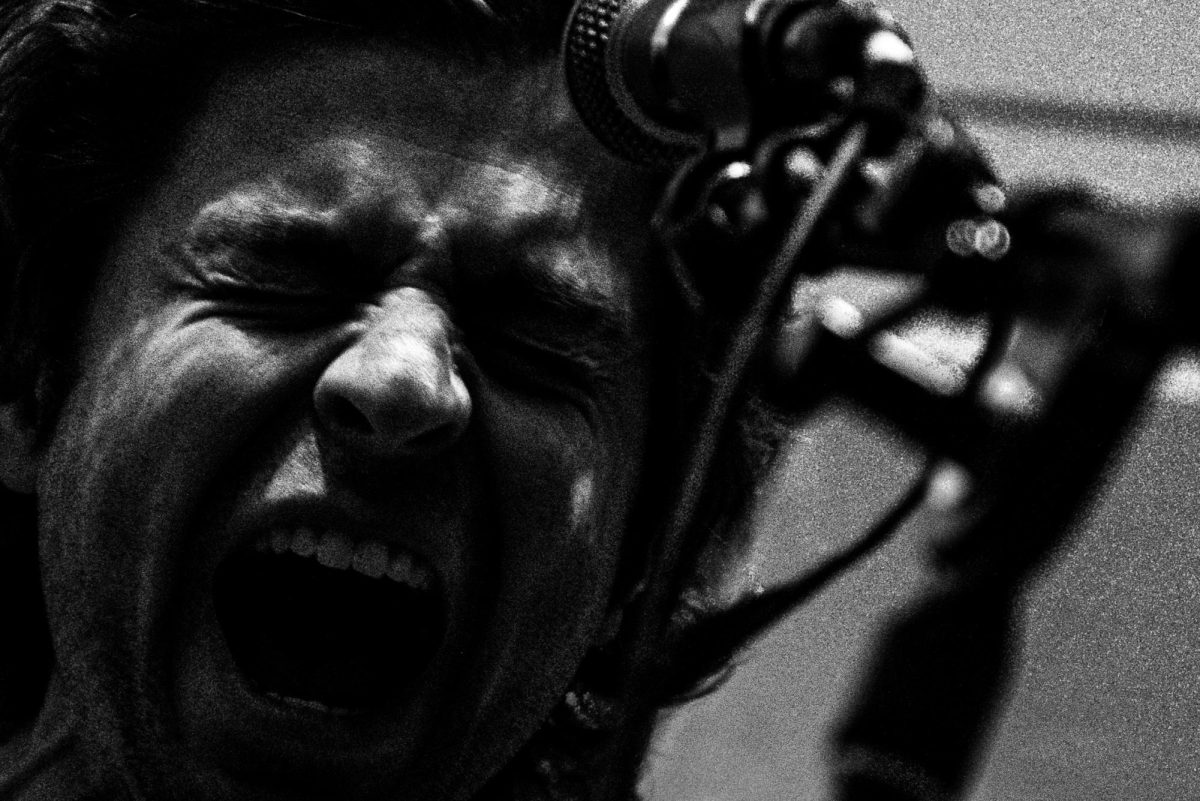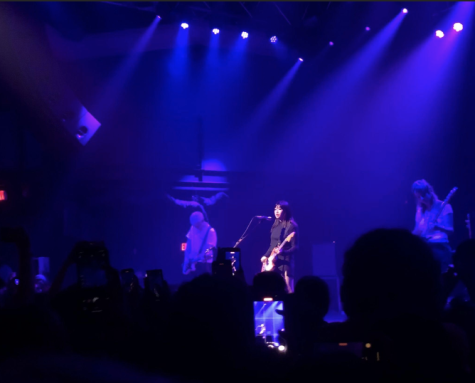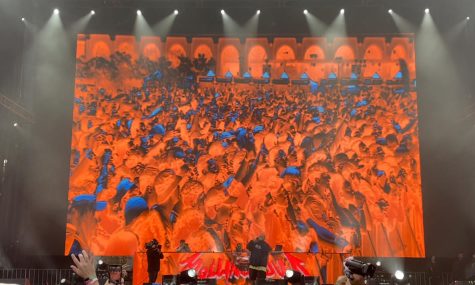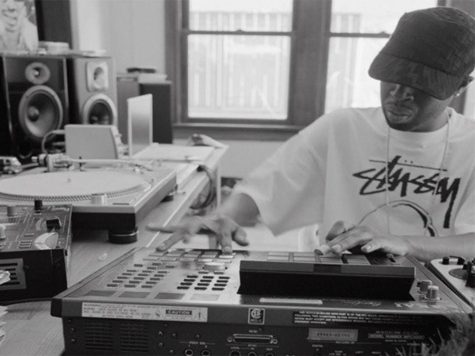Jazz Up Your Day: Miles Davis and the Art of Improv
September 17, 2013

Jazz, among other things, is music for the individualist. It bends musical rules forward and backward and refuses to conform to rigid structure and organization. Jazz values inconsistencies and imperfections and radiates a carefree energy through the disembodiment of musical arrangement and style. The improvisation of jazz ignites a unique spark of creativity within the musician: a live-in-the-moment kind of attitude that plays off of the inextricable connection between rhythm and sound, and instinct and emotion.
Perhaps the greatest example of improvisational playing and de-structured arrangement is Miles Davis’ “Kind of Blue.” Miles Davis, one of the most influential jazz trumpeters of all time, epitomizes the very essence of spontaneous playing in this record as he and his band produce a brilliant sound through scale-based melodies that, despite their unpredictability, prompt a toe-tapping, finger-snapping response within the listener.
“Kind of Blue” begins with two similar jazz pieces, “So What” and “Freddie Freeloader” both exhibit the smooth, yet snappy rhythms of classic jazz containing a constant drum beat as the backdrop for increments of fast-paced trumpet, saxophone and piano playing intertwined with short, meditative pauses. Davis pays homage to the traditional jazz ballad in “Blue In Green” and later in “Flamenco Sketches,” slowing down his improvised melodies and relying heavily on raspy vibrato tones during the completion of his long notes. In “All Blues,” Davis combines the two styles played in his other pieces, beginning and ending with a softer texture of trumpet and saxophone sounds and climaxing the piece with jumpier, pulsating beats. “Kind of Blue” ultimately represents what all good jazz should be, which is thought-provoking music that highlights the unique and imaginative qualities of the musician.














